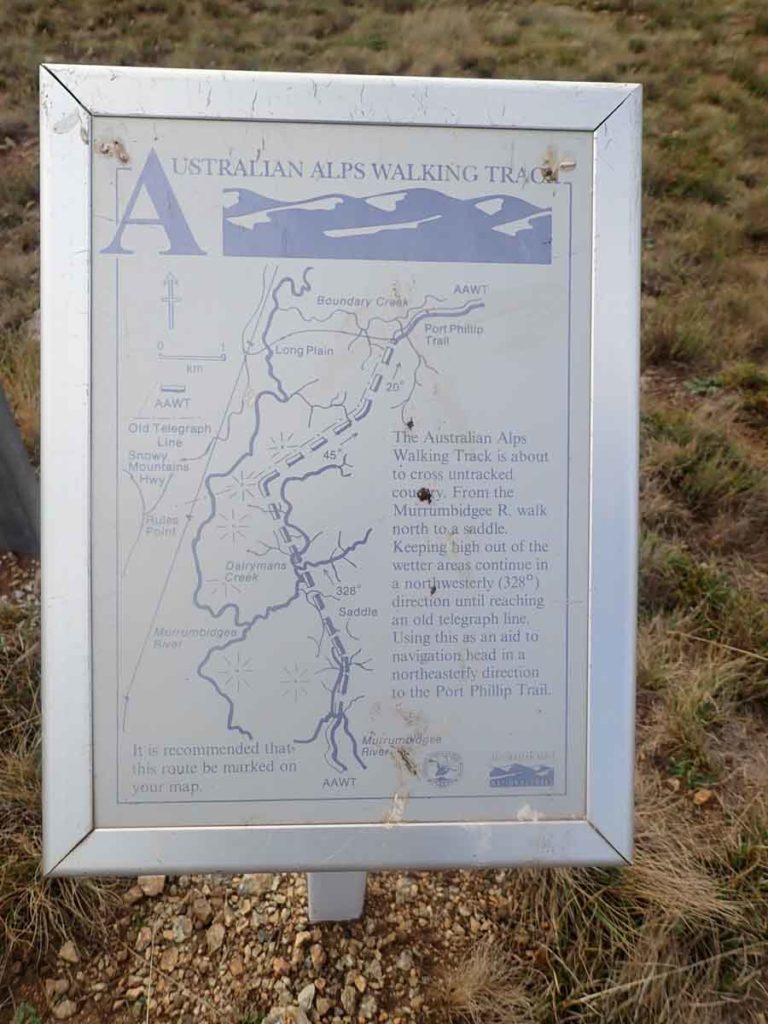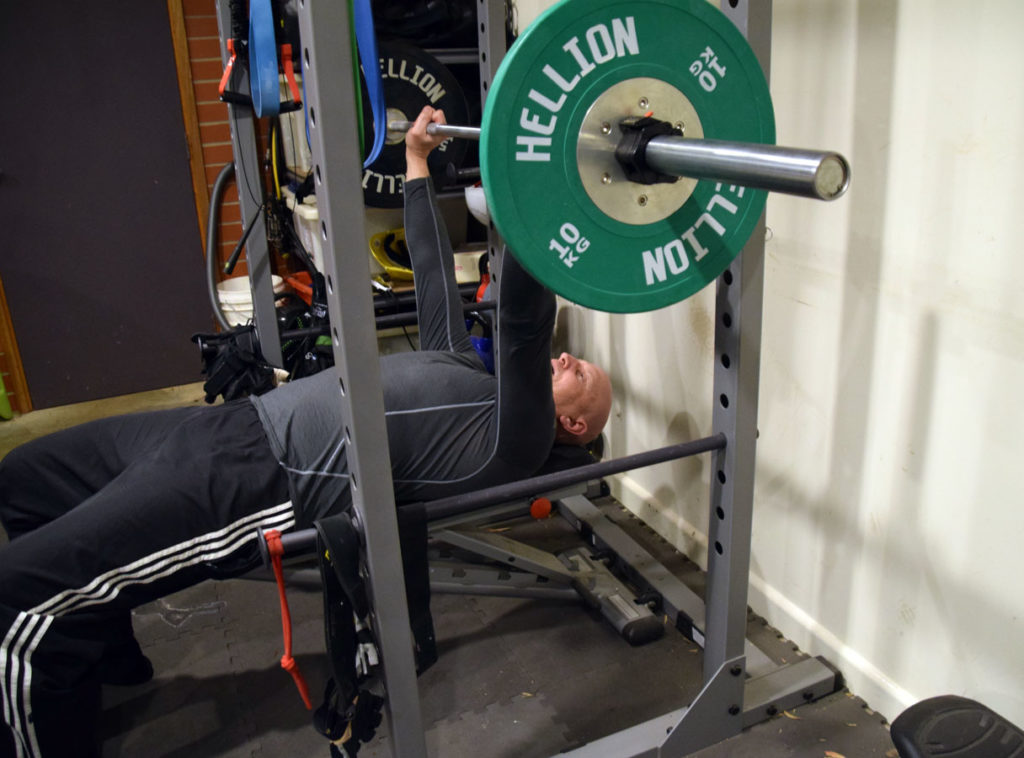Assumptions
Hiking practice
At least once a year I set myself a physical challenge that I know will push me to my limits. Very big distances in single days, big distances over multiple days, or long days moving hard and fast, are all factors in my choices.
For me these annual challenges help keep me focused and help to maintain a reasonably high level of fitness so I can undertake my big annual hikes. In many cases I choose hikes I know well. In some cases I will pick hikes that I don’t know which relies on me doing some in-depth research as well as making some assumptions when available and/or up-to-date information is limited. The problem with assuming is you don’t always get it right and as the saying goes, if you assume you can end up making an ‘ass’ out of ‘u’ and ‘me’.
To provide some context to this article, over the 2019 Easter break I undertook a three day, 112 km walk from Kiandra to Tharwa. This hike forms the northern-most section of the Australian Alps Walking Track. Now this condensed timeframe is extreme by most peoples’ standards but was well within my capabilities at the time – it was less than what I had done before so I thought, how hard can this be? I even have an extra day up myself sleeve just in case.
As I always do I did a fair amount of research for this trip but there were still some knowledge gaps which required me to make a series of assumptions, some of which worked out well and some that didn’t. So what worked and what went wrong; Can you get away with making assumptions on your hikes?
What Worked
Way Finding
The Australian Alps walking Track is one of Australia’s best known long distance walking trails travelling from Walhalla in Victoria through to Tharwa on the edge of Canberra, a distance of approximately 650 km. I decided in the lead up to doing a planned thru hike on this track that I wanted to do the 112km section from Kiandra to Tharwa on the edge of Canberra to provide me with some frame of reference when I undertook the full length hike.
This track is considered one of the more technically difficult Australian trails with unmarked sections requiring the hiker to pay close attention to the surrounding environment and apply their navigation skills. I was aware this was the case and comfortable in my own abilities. The big issue with the first of the unmarked sections was a river crossing that would vary quite dramatically in complexity – depending on the level of water and time of the year.

Sections of the Australian Alps Walking Track are unmarked and rely on the hiker being able to pay attention to the surrounding environment and have good navigation skills
What didn't Work
Expected Walking Pace
Over the past six years I have pretty much worked out my average walking pace. On solo hikes, where the terrain is relatively flattish, it is 4.2 km per hour for the majority of my hikes, and 3.7 km/hour in the steep sections of the Australian Alps. Based on this I plan my hikes working on a 3.75km average.
Poor assumption number one was that I could comfortably do my planned distances for each day in less than ten hours. This worked well on the first day but not for the next two days. In fact my average walking pace for the whole trip ended up being 3.4 km per hour on average. Not a big deal on shorter hikes but when you’re dealing with limited daylight hours it can become an issue. In fact, on the second of my two nights camping I had to put up my tent in the dark. In itself this is not a problem but it meant I had to reassess my start and finish times for the hike.

Fitness
I have a very good understanding of my own physical abilities and even when I’m at the lower end of my fitness, I usually understand how I’ll perform on any given hike. Not so on this trip.
Poor assumption number two. My fitness level was sitting around 65% of my peak on this trip. While I have done longer distances on three day hikes, this Kiandra to Tharwa trip was without a doubt the hardest I have ever done. It took me a while to work out the issue and I concluded it was the lack of a physical build up over consecutive long days. Previously when I have done this extreme level of hiking, my fitness lead-in and preparation have set me up so much better than on this hike. I completed this hike as planned but really felt the physical impacts from the hard push.

Your fitness regime should ensure you are capable of undertaking your planned trip, whatever you have planned
Water
Poor assumption number three. The biggest unknown on my trip was the water. So after buying the guide book and checking the topographic maps I knew the location of the main water sources. Worse case, I would have to do a larger water carry for short periods. In not knowing the section closest to Kiandra, I researched it to death and if anything, was overly cautious about water availability. On the other hand, I know the 27 km closest to Tharwa very well as I have walked it multiple times over the past seven years including in periods of water restrictions so I was confident of water availability; poor assumption number one.
On my last day of hiking I assumed I would be able to top up my water on regular occasions based on my experience over the years. So instead of filling up my water bladder fully in Orroral Valley when I had the opportunity, I did a small top up and paid for it the rest of the day. All my planned top up points past Orroral Valley were bone dry and I ended up relying on a couple of very dodgy water sources. The first of which clogged my filter without providing any water. The second was from a dam at the rear of of Mount Tennent which was extremely dodgy – made me glad I had that filter as there was no way I would have drunk it otherwise. The term ‘cow saliva’ would be a better definition of what I was drinking!

Eucumbene River Crossing near Kiandra. The main rivers were all reliable, the smaller secondary streams were an issue

My Katadyn BeFree filled with dam water – this was the ‘good stuff’
Last words
My reason for choosing to do this hike was to provide me with more in-depth information for when I do the full Australian Alps Walking Track, planned for sometime in the next few years. This Kiandra to Tharwa trip provided me with so much information to feed into the planning process including the importance of identifying potential water sources, something that other hikers have since told me from their experiences.
What it comes down to is that sometimes due to lack of available information, you do have to make assumptions but just remember to err on the conservative side otherwise your assumptions may well make an ass out of you, or in this case just me!
Last updated
16 January 2024